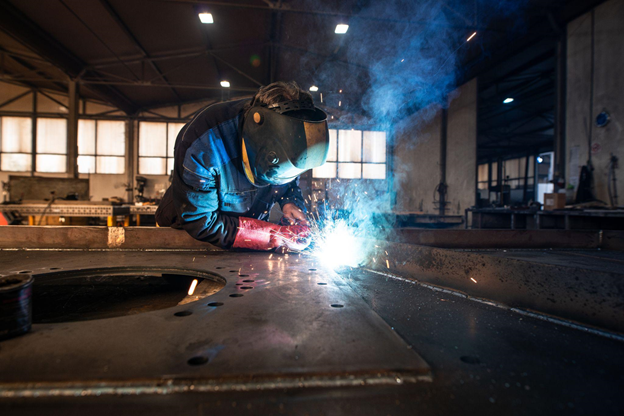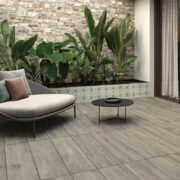As interior design trends evolve, homeowners and designers alike are seeking materials that offer both beauty and durability. One standout option that continues to gain popularity is ceramic wood imitation tile. This innovative material blends the warm, organic look of hardwood with the functionality and resilience of ceramic—making it a winning choice for virtually any space.
To better understand the benefits and applications of this flooring solution, let’s explore expert insights on why wood-look ceramic tiles are more than just a passing trend.
The Best of Both Worlds: Aesthetic Meets Performance
Wood imitation ceramic tiles are designed to replicate the texture, grain, and color of natural hardwood flooring. Modern printing technologies and surface embossing allow manufacturers to achieve incredibly realistic finishes. But what sets them apart from actual wood is their enhanced durability and ease of maintenance.
Key Benefits Include:
- Water resistance: Unlike wood, ceramic tiles won’t swell or warp when exposed to moisture.
- Scratch and dent resistance: Ideal for high-traffic areas and pet-friendly homes.
- Stain-proof and easy to clean: No need for sealing or special treatments.
- Fire-resistant and allergen-free: Safe and healthy for all household members.
These characteristics make ceramic wood tiles a go-to option for kitchens, bathrooms, mudrooms, and even basements—places where real wood might struggle to perform.
Versatile Styles for Every Design Scheme
From rustic farmhouse planks to sleek Scandinavian minimalism, ceramic wood tiles come in a range of styles to match any interior aesthetic. You’ll find options in various shades like:
- Classic oak and walnut
- Weathered grey and whitewashed finishes
- Rich espresso and cherry tones
Tiles also vary in shape and size, with planks ranging from traditional widths to extra-long formats that mimic modern hardwood installations. This design flexibility allows you to create everything from herringbone patterns to chevron or staggered layouts.
Where They Shine Most
While ceramic wood tiles can be used in virtually any room, they’re especially effective in:
- Bathrooms and laundry rooms: Moisture-resistance prevents warping.
- Entryways and kitchens: Tough enough to handle heavy foot traffic.
- Open-concept spaces: Offers continuity without compromising practicality.
These tiles also pair beautifully with underfloor heating systems, offering the look of wood with the cozy feel of radiant warmth underfoot.
How They Compare to Other Flooring Options
Let’s break down how ceramic wood imitation tiles stack up against other materials:
| Feature | Wood Look Ceramic Tile | Hardwood | Vinyl Plank |
| Water Resistance | Excellent | Poor | Good |
| Durability | High | Moderate | Moderate |
| Maintenance | Low | High | Low |
| Lifespan | 20+ years | 10–20 years | 10–15 years |
| Realistic Appearance | Very High (modern tech) | Natural | Varies |
As the table shows, ceramic wood tiles offer an exceptional balance of beauty and performance—particularly in demanding environments.
Expert Recommendation
According to tile specialists at leading retailers, the popularity of wood-look ceramic continues to rise due to its ability to deliver style without compromise. If you’re planning a renovation or new build, visiting a showroom like vente Céramique au Sommet allows you to see and feel the tile in person, get expert guidance, and choose from a curated selection of top-quality products.
Conclusion
Ceramic wood imitation tiles are more than just a stylish alternative to hardwood—they’re a practical, durable, and versatile solution for modern homes. Offering the timeless elegance of wood with the robust features of ceramic, these tiles suit every lifestyle and interior vision. Whether you’re updating a single room or flooring an entire home, they provide a smart, long-lasting investment in design and functionality.













Comments